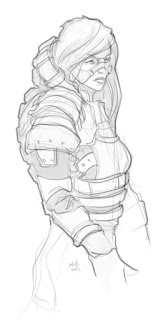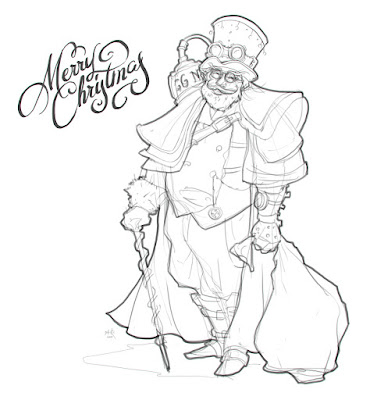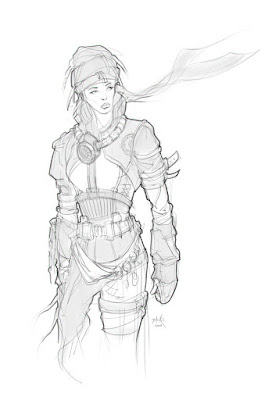I've put in place a new approach to my training, which is based on these principles:
1: Excellence: As Thomas J Watson, the founder of IBM, once said, "The formula for success is simple: double your rate of failure".
My number 1 training principle is "double your rate of failure", i.e. increase workload and output and don't be concerned too much with the outcome quality as long as the work rate is maintained.
2. Speed: do not backtrack (draw over the same line twice), do not go back and correct.
I had to learn to speak and read Russian when I was around 8, since nobody spoke English in elementary school in Moscow, I city I ended up in after spending most of my childhood in New York and Montreal. The way I did it was by saying short words quickly and many times during the day. I was talking a lot of nonsense in the beginning, and the kids around me probably thought that I was an idiot. Also, they all had a good 7 year head start on me. But within a year I caught up with my peers and eventually my proficiency with the language got me into one of the country's top linguistic schools.
3. Efficiency: Time it! 30-10-5-3-1
Work for no more than 30 minutes at a time, then see what is slowing you down (thank you, Anthony Jones, for this amazing training method). Figure out how to improve performance and time it again. Test, Fail, Evaluate (rinse and repeat).
Once the process is smooth, decrease time available to complete the task (30 minutes, then do the same in 10 minutes, then 5, 3, 1). Yes, it will probably fall apart around 5, but do it anyway. Then give yourself 30 minutes again and do the same thing you did an hour ago, but 3 or 6 times faster.
The human brain is highly adaptable, use it well.
4. Sustainability: easy, easy, HARD, easy, easy, BOSS FIGHT!
If you ever played video games, I'm sure you've experienced being frustrated by clicking buttons for 3 straight hours and not getting anywhere, only to find yourself breezing through the difficult part a week or so later in no time at all, right?
I'm still perfecting this, but I decided to apply basic game design patterns to my art training and the enjoyment and productivity have increased significantly.
5. Balance: 52 -17 or 25-5
Not long ago I read an article about workplace productivity. A major research institution did a study and found out that human beings are most productive when they alternate working at full focus with periods of complete rest (as in walking away from the desk and doing something completely unrelated to any work, or even not doing anything at all).
So either 52 minutes of work and 17 minutes of rest or 25 minutes of very intense work and 5 minutes of rest.
Also, I've committed to a sketch-a-day personal challenge. I started with studies of reference photographs and eventually switched to making my own designs. The rule is that I will make a 30 minute sketch daily (or no more than an hour, hour and a half daily design). Here are a few recent designs.



